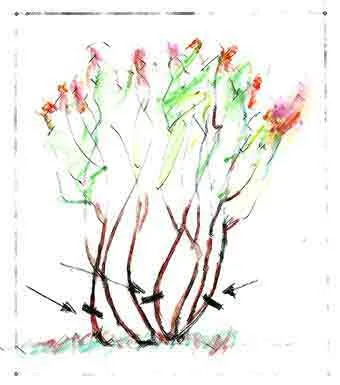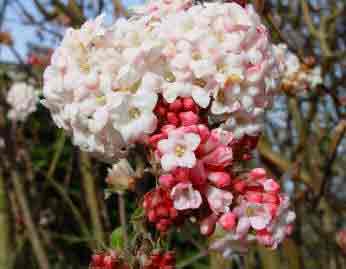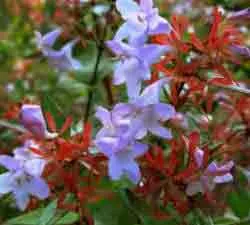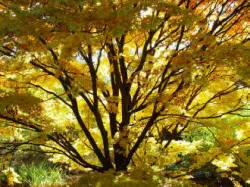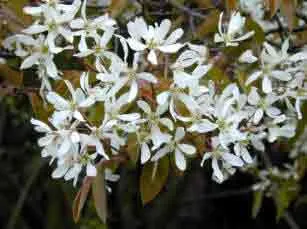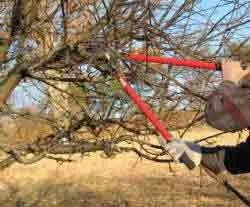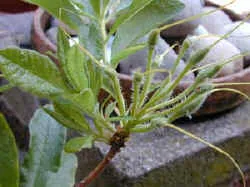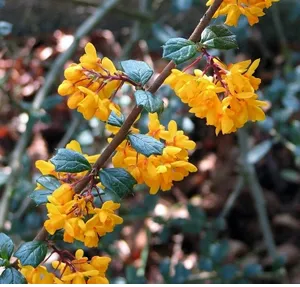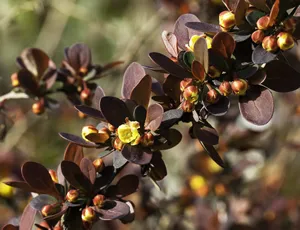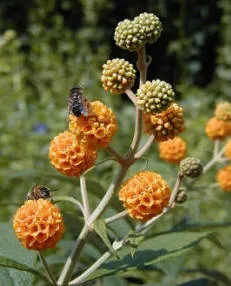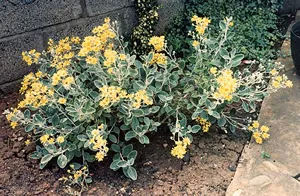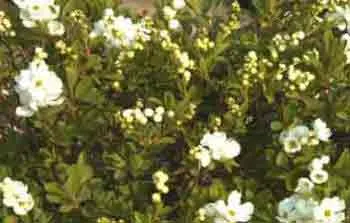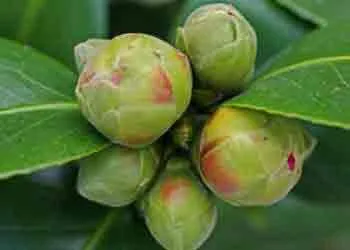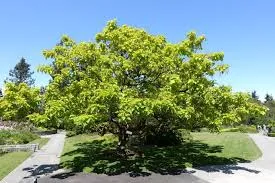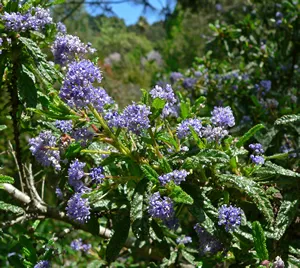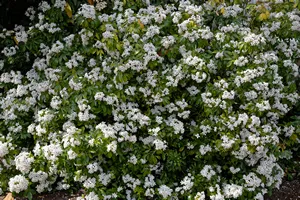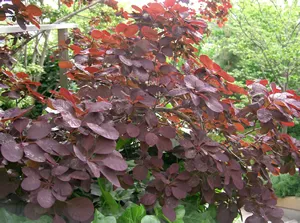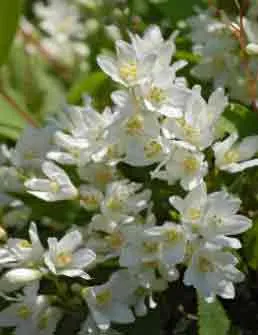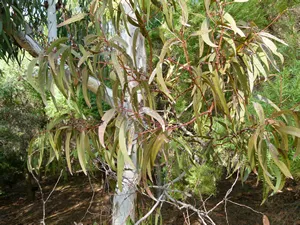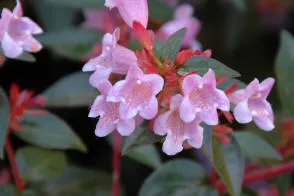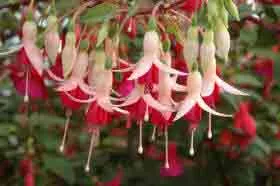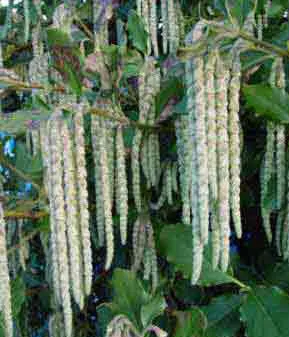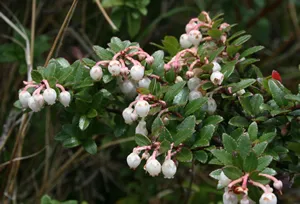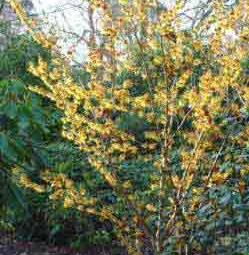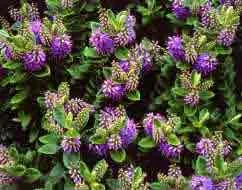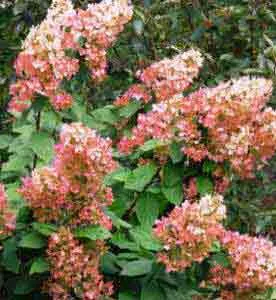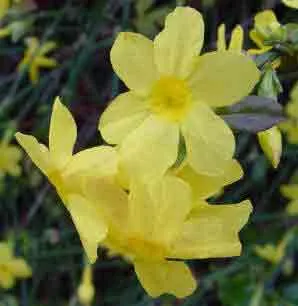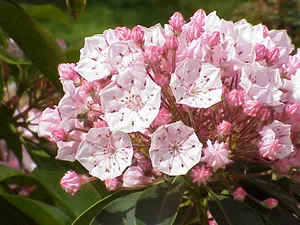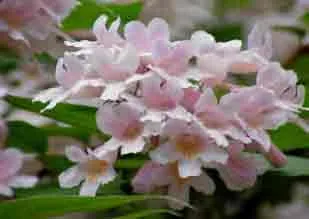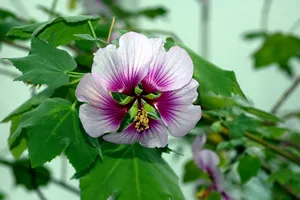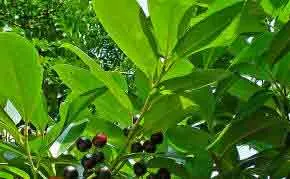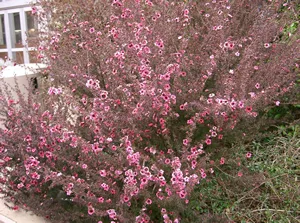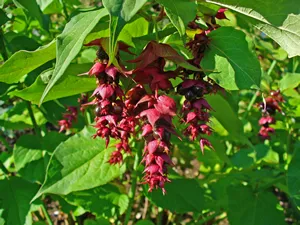
Viburnum tinus French White
The easy thing to remember about pruning Viburnums - deciduous or evergreen - is that they should ideally be pruned soon after flowering. Within a month of finishing flowering is good, but a little later is also suitable. As some of them flower in winter, then the weather conditions outside may be the determining factor!
Viburnum are one of the most popular groups of shrubs with a wide range of growth habits and flowering times. Most flower either in winter or late spring. They all flower on stems or growths that we made in the year previous - starting from early spring and carrying on through summer. That is to say that they produce either flower buds or flowering wood/twigs in the year before actually flowering.
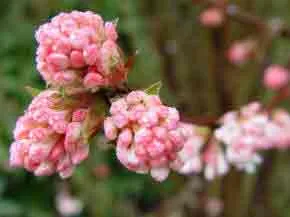
Viburnum x bodnantese Dawn
Prune any of the Viburnum too late in the year and you will forfeit the flowers for a year or more.
Most Viburnums can be rejuvenated by cutting back hard. This method is specifically for overgrown shrubs or those that simply need a new lease of life - It should not be carried out as a 'norm'!
This type of (drastic) pruning should be carried out in the early part of the year in order that the plant may put on growth before the following winter. Deciduous types are best pruned hard in very early spring before growth starts.
Evergreen Viburnums include - Viburnum tinus (Laurustinus) V. davidii, V. rhytidophyllum, V. globosum, V. burkwoodii.
Deciduous Viburnums include - Viburnum x bodnantense, V x carlecephalum, V. carlesii, V. judii, V. lantana, V. opulus, V. plicatum, V. sieboldii.
